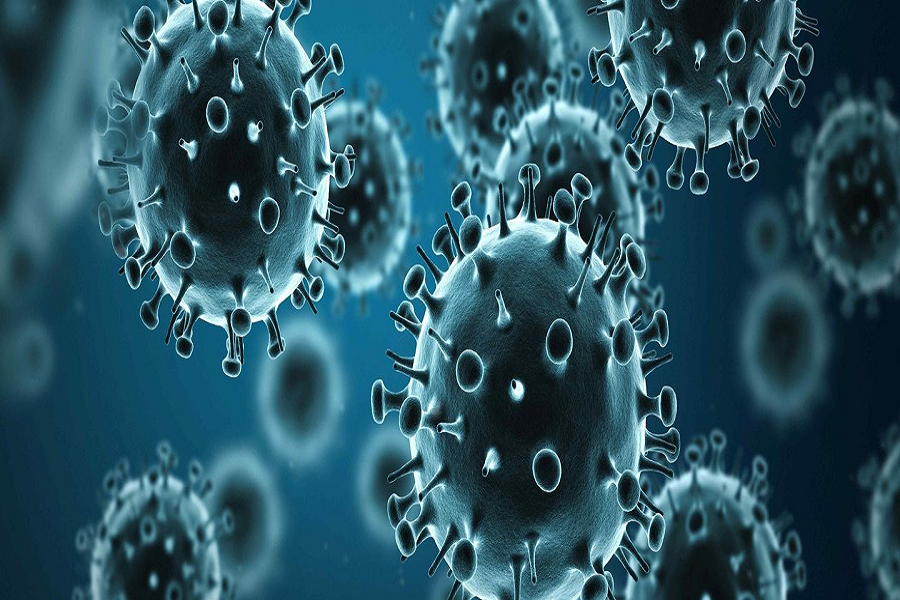How do the disease-causing germs invade my body?

What are disease-causing germs?
Disease-causing germs are organisms that invade our immune system and cause us to fall ill. The process where they invade our body is otherwise known as an infection, while the symptoms they cause are called infectious diseases. There are a few broad categories of infective organisms, namely viruses, bacteria, fungi, protozoa, and helminths.
Viruses are the smallest of them all, ranging from 20 to 400 nanometers. They rely on the cells of an organism to multiply, which means that without an active host, they cannot survive, reproduce, or spread. Infectious diseases such as SARS-CoV-2 (Covid 19), influenza A, measles, chicken pox, etc are all caused by viruses. Bacteria are much larger than viruses, yet microscopes are needed to visualize them. Unlike viruses, they have the ability to reproduce by themselves and mechanisms to protect themselves. Antibiotics have been invented to target these organisms, but evolution has made them more resilient, leading to antibiotic resistance. There are many types of bacteria, and they are classified according to their shapes – spherical (coccus), rodlike (bacillus), etc. Other well-known organisms are fungi, protozoa, and helminths.
How do they enter our bodies?
There are a few possible ways where these infectious organisms invade our bodies. They usually invade humans through our mucous membranes – mouth, eyes, nose, urethra, and genitals. They can also enter our body system through an open wound where the skin barrier is breached. The ways where they get transmitted from one person to another can be via direct or indirect contact, through a vector, through droplets, or airborne.
Diseases such as cold sores (herpes simplex 1) and HIV are transmitted via direct contact such as kissing, sharing saliva from straws or cups, and sexual intercourse. Indirect contact can also spread an infectious disease. For instance, when an infected person has the pathogen on their hands and touches the doorknob, key, or handle, they can leave the pathogen behind. The next person who touches the surface can get infected if they proceed to touch their eyes, mouth, or nose. Some pathogens are found in droplets when someone sneezes or coughs. When these droplets come in contact with another person’s mucous membrane, the person is thus infected. Vectors are the middleman carrying the pathogen. A good example is a dengue, where the Aedes mosquitoes transmit the virus and cause dengue in humans. Airborne transmitted organisms are found in evaporated droplets, and it is highly contagious because they can stay in the air for a long time. Measles is spread via airborne transmission.
Why do we get ill when they enter?
Once these pathogens enter our bodies, they do not always make us ill. Our bodies have multiple mechanisms to combat these pathogens. Upon their entrance, our white blood cell will be activated and unleash their methods to get rid of these organisms. Once infected, our bodies can also memorize the infection and build immunity against it. However, this fighting process takes time, and it can lead to symptoms such as a fever, rash, headache, etc. For many bacterial infections, antibiotics can be taken to help us fight the infection.
Simple prevention techniques
Infective organisms are everywhere, and it will be almost impossible to avoid them completely. Simple prevention precautions can be taken to reduce its transmission – frequent hand washing, covering the nose and mouth when one sneezes or cough, wearing a mask, etc. Ask a doctor
Leave a reply
You must be logged in to post a comment.











